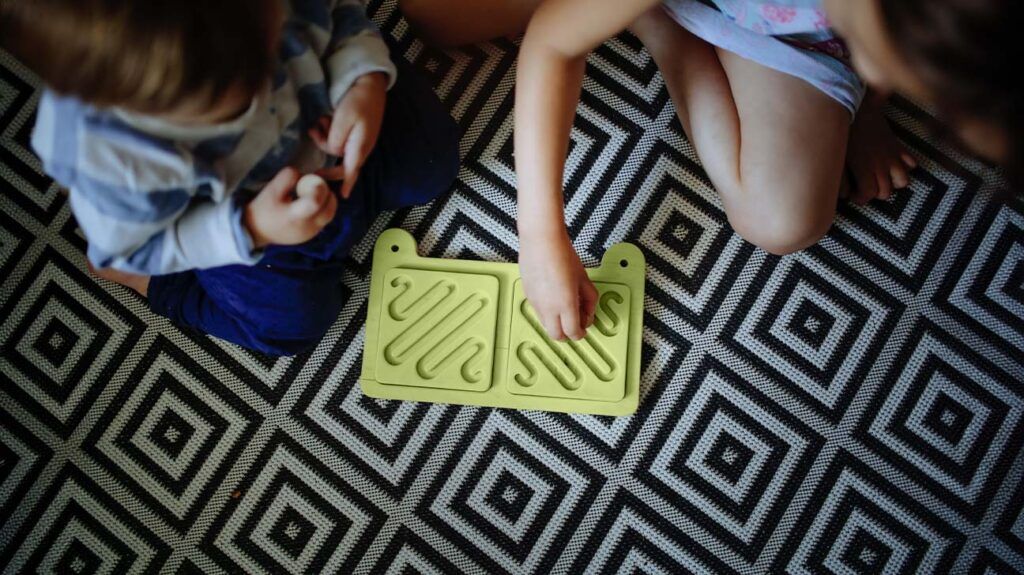Hodgkin’s lymphoma is a type of cancer that can affect children and adolescents. Some research suggests that the Epstein-Barr virus may increase the risk of Hodgkin’s lymphoma. Chemotherapy and radiation therapy may treat the condition in children.
Childhood Hodgkin’s lymphoma is a cancer that occurs in the lymph system. This system is a part of the immune system and incorporates specific organs, lymph nodes, and bone marrow.
Classic and nodular lymphocyte-predominant are two types of Hodgkin’s lymphoma affecting children. Classic Hodgkin’s lymphoma is the most common type in children.
This article outlines the symptoms, causes, and treatments for Hodgkin’s lymphoma in children. It also discusses how doctors diagnose the condition, how common it is in children, and the survival rates.

A child with Hodgkin’s lymphoma may have
Symptoms may include:
- painless swelling in the lymph nodes
- fever
- tiredness
- coughing
- itchy skin
- drenching night sweats
- unexplained weight loss
- anorexia
- difficulty breathing
The
Additionally, the NCI notes the main symptom of nodular lymphocyte-predominant Hodgkin’s lymphoma during diagnosis is a swollen lymph node in one of the following places:
- neck
- underarm
- groin
Doctors may only find out about the cancer when a laboratory looks at a child’s cells.
The
Other risk factors for Hodgkin’s lymphoma
- a family history of Hodgkin’s lymphoma, with some research indicating that first-degree relatives of someone with Hodgkin’s lymphoma have a threefold increased risk of developing the condition
- having certain diseases of the immune system, such as autoimmune lymphoproliferative syndrome
- having an HIV infection
- having a weakened immune system after an organ transplant
- acquiring inherited gene changes
To reach an accurate diagnosis, doctors may begin by asking when a child’s symptoms started and how often they experience them. This can also help to rule out other childhood illnesses.
If a child’s symptoms suggest they might have Hodgkin’s lymphoma, doctors may take blood samples to assess
- complete blood count
- C-reactive protein test
- blood chemistry studies
- sedimentation rate
A doctor may also recommend the following imaging procedures:
- a chest X-ray
- a PET scan
- an MRI
- a PET-MRI scan
- a PET-CT scan
Additionally, doctors may also need to examine tissue using the following tests:
- a lymph node biopsy, which removes all or part of a lymph node via an incision or needle
- a bone marrow aspiration and biopsy, which removes bone marrow and a small piece of bone through a hollow needle into the hip or breastbone
- immunophenotyping, a laboratory test that identifies cancer cells in the tissue that doctors removed
If healthcare professionals diagnose classic Hodgkin’s lymphoma, they can differentiate which of the four subtypes someone has by examining the cancer cells under a microscope. The four subtypes of classic Hodgkin’s lymphoma are:
- nodular-sclerosing Hodgkin’s lymphoma, which occurs most often in older children and adolescents
- mixed cellularity Hodgkin’s lymphoma, which occurs more often in the neck of children under 10 years
- lymphocyte-rich Hodgkin’s lymphoma, which is a rarer form in children
- lymphocyte-depleted Hodgkin’s lymphoma, which is also rarer in children
A doctor may diagnose a child with nodular lymphocyte-predominant Hodgkin’s lymphoma. This condition is less common than the classic form and occurs mainly in children younger than 10 years.
The
The ACS notes that children’s bodies tend to tolerate chemotherapy better than adults in the short term. However, children who have had chemotherapy typically require monitoring for the rest of their lives because side effects may occur years later.
If the lymphoma does not respond to treatment, a doctor may recommend a stem cell transplant or treatment with an immunotherapy drug.
For nodular lymphocyte-predominant Hodgkin’s lymphoma, children may need surgery to remove the affected lymph node. They may not require chemotherapy.
According to the
Children of the following ages have the following lower risk of Hodgkin’s lymphoma than adolescents:
- 0–4 years: 20-fold lower risk
- 5–9 years: 10-fold lower risk
- 10–14 years: threefold lower risk
The
The survival rate refers to the proportion of people who are still alive for a length of after receiving a particular diagnosis. For example, a 5-year survival rate of 50% means that 50%, or half, of the people are still alive 5 years after receiving the diagnosis.
It is important to remember that these figures are estimates and derive from the results of previous studies or treatments. A person can consult a healthcare professional about how their condition will affect them.
Hodgkin’s lymphoma accounts for 6% of childhood cancers. The most common type is classic Hodgkin’s lymphoma. The other type is nodular lymphocyte-predominant Hodgkin’s lymphoma.
Researchers believe the occurrence of the condition may have links to the Epstein-Barr virus. Doctors treat Hodgkin’s lymphoma with chemotherapy and radiation therapy, though surgery may sometimes be necessary.
